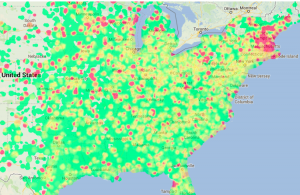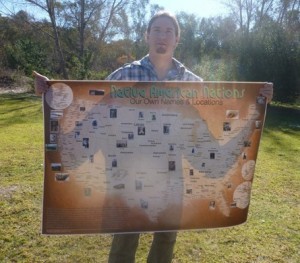NSA whistleblower Edward Snowden’s volcanic revelations of ubiquitous US surveillance are in their third month. The aftershocks felt around the world continue. As Russia granted Snowden temporary asylum, the White House fell into anger and dismay.
Computer scientist Nadia Heninger argued that leaking information is now becoming the “civil disobedience of our age”. The late historian and activist Howard Zinn described the act of civil disobedience as “the deliberate, discriminate, violation of law for a vital social purpose”. He advocated it saying that such an act “becomes not only justifiable but necessary when a fundamental human right is at stake and when legal channels are inadequate for securing that right”.
Snowden’s act was clearly one of civil disobedience. John Lewis, US Representative and veteran civil rights leader recently noted that Snowden was “continuing the tradition of civil disobedience by revealing details of classified US surveillance programs”.
Snowden is not alone. In recent years, there have been waves of dissent that revealed the depth of corruption and abuse of power endemic in this global corporate system. Before Snowden, there was Bradley Manning and Jeremy Hammond who shook up the trend of criminal overreach within the US government and its transnational corporate and government allies. Private Bradley Manning blew the whistle on US war crimes and activist Jeremy Hammond exposed the inner workings of the pervasive surveillance state. They took risks to alert the world about the systemic failure of representative government and the trend toward a dangerous corporate authoritarianism.
After Snowden was charged with espionage, WikiLeaks founder Julian Assange called for global support to stand with him:
“Edward Snowden is one of us. Bradley Manning is one of us. They are young, technically minded people from the generation that Barack Obama betrayed. They are the generation that grew up on the Internet and were shaped by it….”
Snowden, Manning and Assange are all part of an Internet generation that holds that transparency of governments and corporations is a form of check and balance on power. They believe in the power of information and in the public’s right to know. In an interview with Glenn Greenwald of The Guardian, Snowden described how his motive was “to inform the public as to that which is done in their name and that which is done against them.” He advocated for participation of ordinary people in decision-making processes as a vital part of democratic society indicating that the policies of national security agencies that he exposed should be up to the public to decide. This belief is shared by his forerunners.
Read full article.




 Weber sees Enlivenment as an upgrade of the deficient categories of Enlightenment thought – a way to move beyond our modern metaphysics of dead matter and acknowledge the deeply creative processes embodied in all living organisms. The framework of Enlivenment that Weber outlines is a promising beginning for all those who stand ready to search for real solutions to the challenges of our future.
Weber sees Enlivenment as an upgrade of the deficient categories of Enlightenment thought – a way to move beyond our modern metaphysics of dead matter and acknowledge the deeply creative processes embodied in all living organisms. The framework of Enlivenment that Weber outlines is a promising beginning for all those who stand ready to search for real solutions to the challenges of our future.


